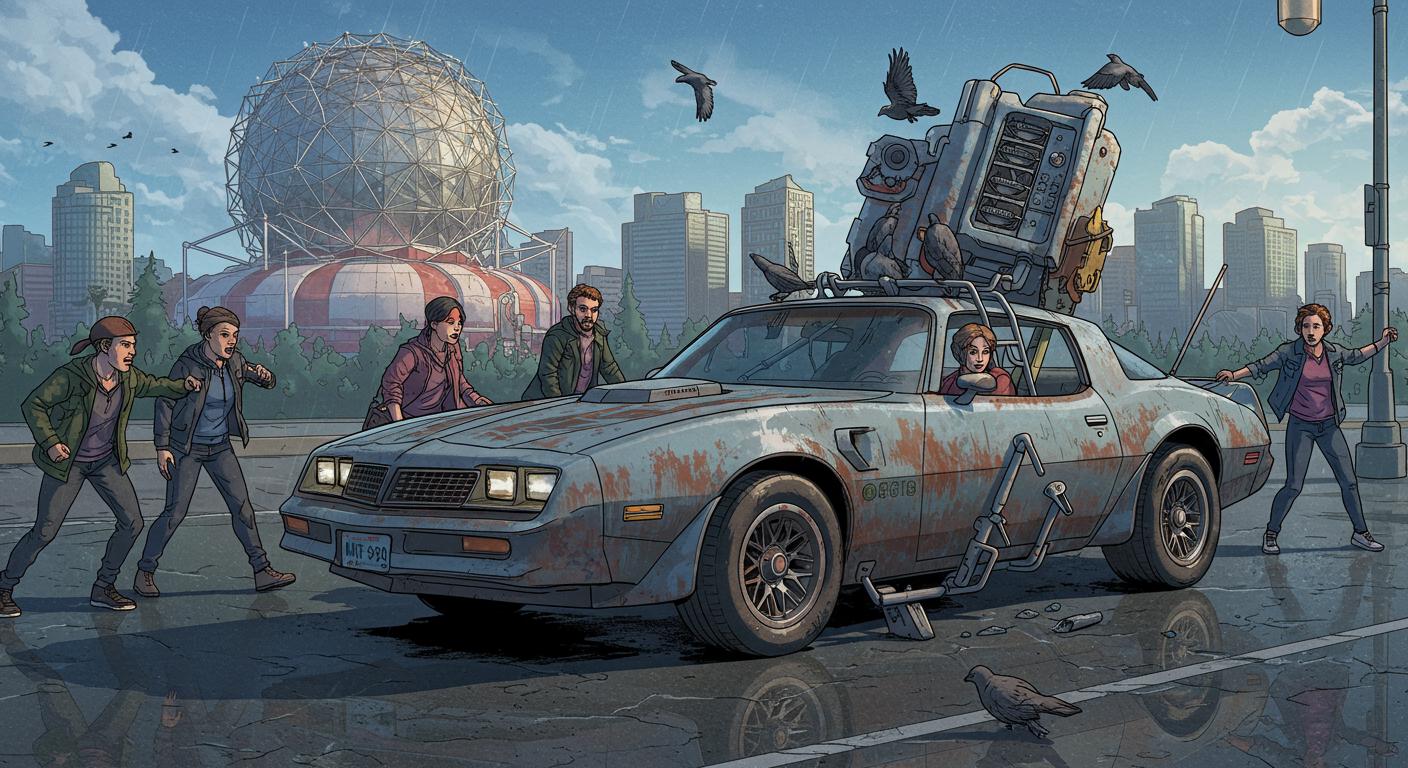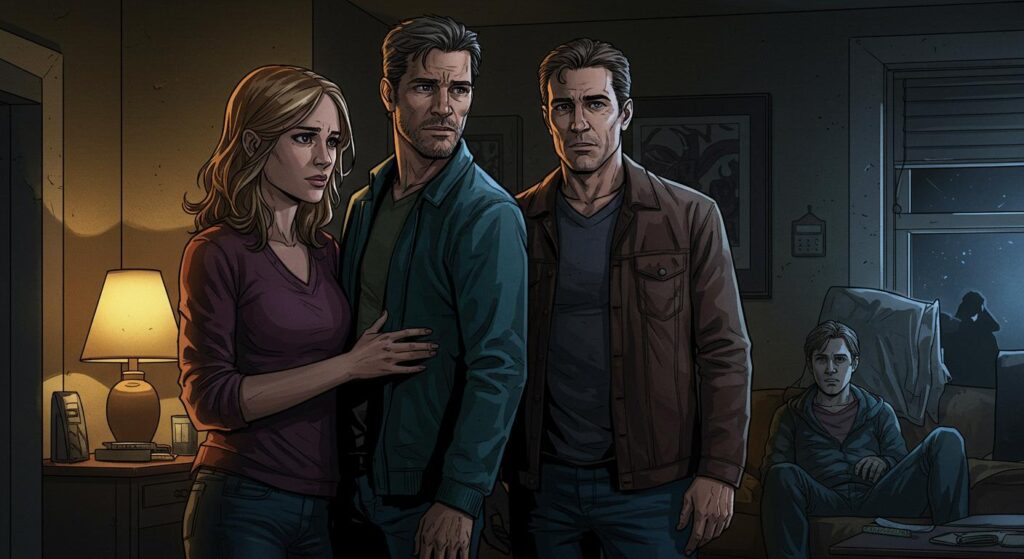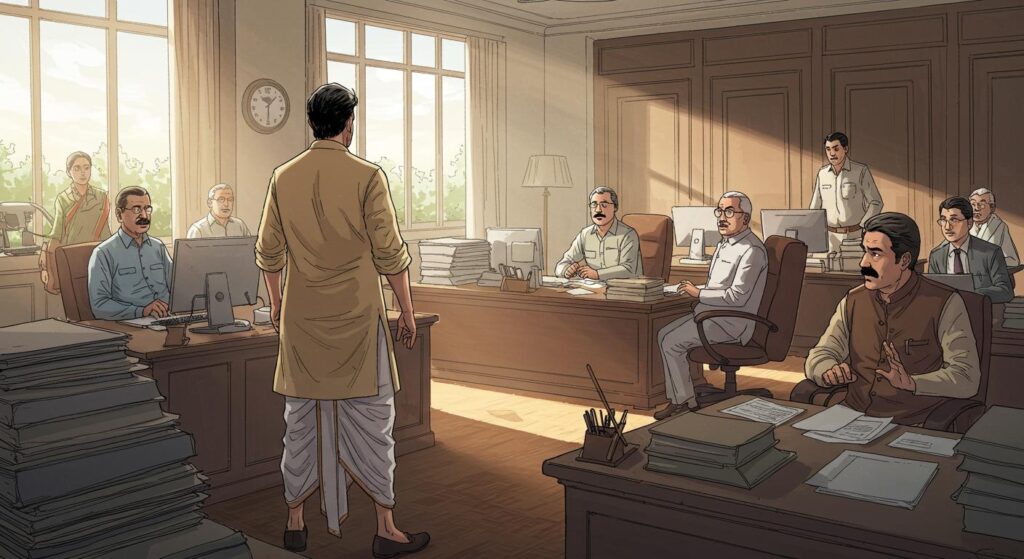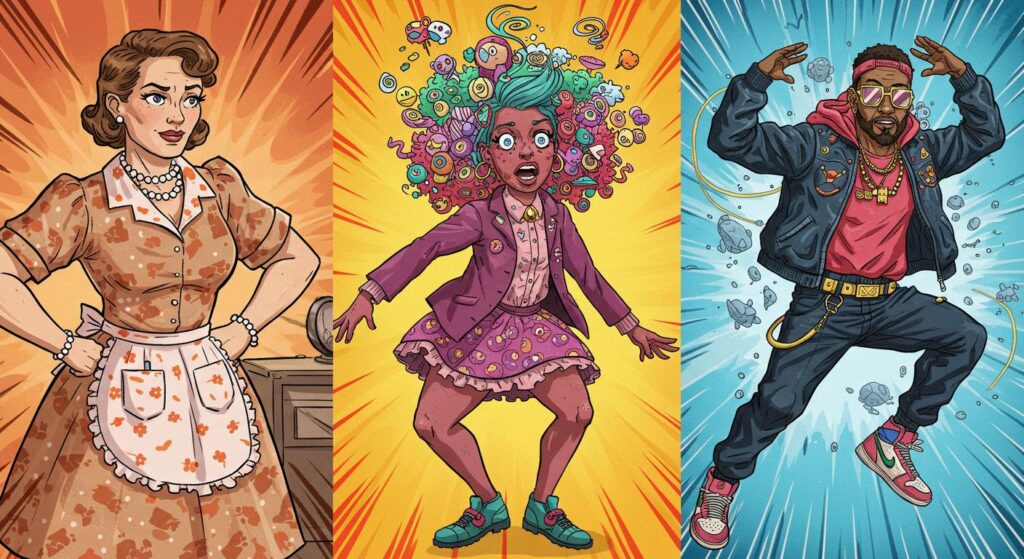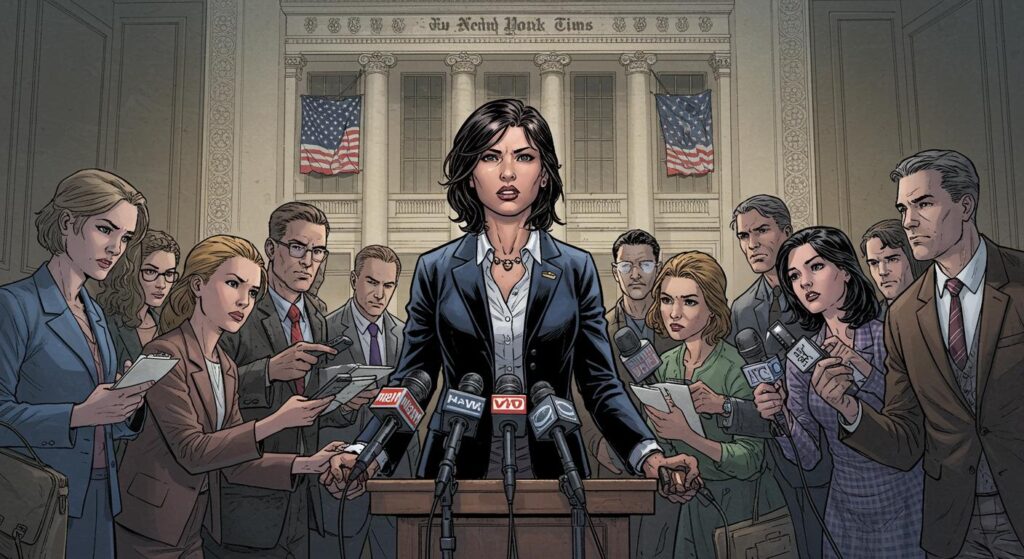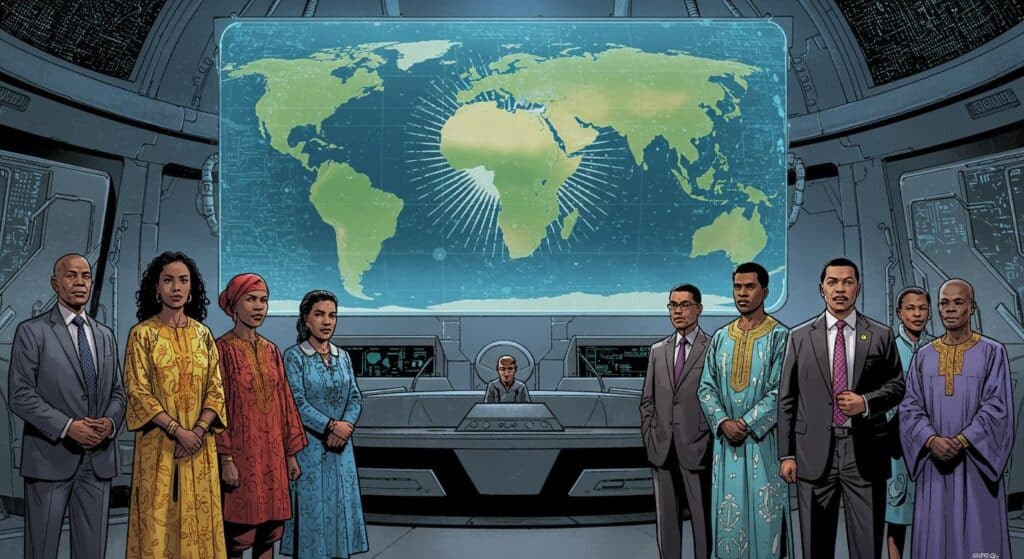It’s not every day that a public art piece inspires a combination of environmental reflection and impassioned debate about bird droppings, but Vancouver seems blessed (or cursed) with that particular distinction thanks to the reappearance of Trans Am Rapture. For those just tuning in: the 10-metre-tall artwork—which, depending on your perspective, is either a conversation-starting comment on car culture or a less-than-subtle addition to the city’s existing pigeon infrastructure—has returned, this time landing at the south end of the Granville Bridge.
According to a CBC News report, the piece, formerly known as Trans Am Totem, was originally installed near Science World in 2015 for the Vancouver Biennale. Created by artists Marcus Bowcott and Helene Aspinall, its message is fairly on-the-nose: crushed cars stacked atop an old-growth cedar trunk, a visual lament for the loss of forest to urban sprawl. But if form follows function, in this case it seems funk is following form — in the avian sense.
Storage Locker Chic
You might think that a sculpture with that kind of scale (and scent profile) would come with a lengthy notification period for future neighbors. However, CBC News highlights that Darlene Forst, who lives across the street and started an online petition in response, claims she only found out about the decade-long installation via a city notice in her mailbox just days before work began. Forst told CBC, “They’re treating our neighbourhood as a storage locker for a piece of art they don’t know what to do with.” There’s a certain unplanned Craigslist energy to the whole thing.
CBC also details that city officials say they picked the site through their public art program, consulting with the artists and local First Nations, but clarify that public input wasn’t standard practice for installations of this kind. That decision process appears to have taken some residents by surprise, leaving them suddenly the custodians of what could be described (charitably) as Vancouver’s most literal “statement piece.” Who decides what a community’s personality should look or smell like, anyway?
Art, Birds, Rust, Repeat
Neighborhood dismay, according to CBC’s reporting, isn’t just about aesthetics. The last several years saw the sculpture plagued by pigeon infestations, leading to corrosion, peeling paint, and a legacy of droppings—technically referred to as “guano.” These avian challenges contributed to the sculpture’s hasty removal in 2021, as the outlet documents, with some thoroughly unamused park grass bearing witness.
With the new installation, CBC notes that promises of “bird-proofing” abound. Artist Marcus Bowcott explained to the outlet that he understands residents’ concerns and believes the city “is doing a really good job” addressing the infamous pigeon problem, suggesting that lessons have been learned. Still, as Forst points out in her remarks to CBC, it’s not hard to imagine a future in which crushed steel and cedar are again transformed into premium avian housing.
The city, as reported by CBC, acknowledges that many residents first learned about the move through media coverage and belated notification, promising that a more formal announcement is “forthcoming.” The outlet also notes that the current placement wasn’t random, but rather driven by redevelopment at the previous site. One wonders how often “planned viaduct redevelopment” is responsible for major art migrations elsewhere—or if Vancouver has simply cornered the market on large, mobile, bird-attracting metaphors.
“Do I Need the Reminder?”
Not everyone on the block is completely opposed. Another neighbor, Patrick May, interviewed by CBC, appreciates the sculpture’s ecological message—just maybe not as part of his daily routine. “Do I need to be reminded about conservation and consumerism every day I walk out of my house? Maybe not.” There’s a gentle absurdity here: you move into a quiet neighborhood and end up living in the long shadow of an ongoing debate over the meaning and merits of public art (and the tolerance threshold for bird droppings).
Bowcott, as quoted by CBC, remains philosophical, pointing to the symbolism of the old-growth cedar in a city once dominated by such forests—a reminder by way of heavy-handed stacking that today’s urban spaces are built atop what was once ancient and green. This, apparently, is the rapture part.
Sometimes a Totem Is Just a Totem—Except When It’s Not
All this leads to the question: What is the ideal outcome for a public artwork like this? Is it spirited conversation, continuing arguments, or simply providing pigeons with an aspirational new hangout? If nothing else, Trans Am Rapture has roused a residential area famous mainly for its quietude, and forced people to consider (in vivid, feathery detail) the compromises involved in balancing art, history, and livability.
So, will Vancouver ever fully embrace its towering, admittedly guano-prone monument to modernity? Or will it remain, as some locals now see it, a storage locker special: big, bold ideas—along with the birds—that no one has figured out quite what to do with?

